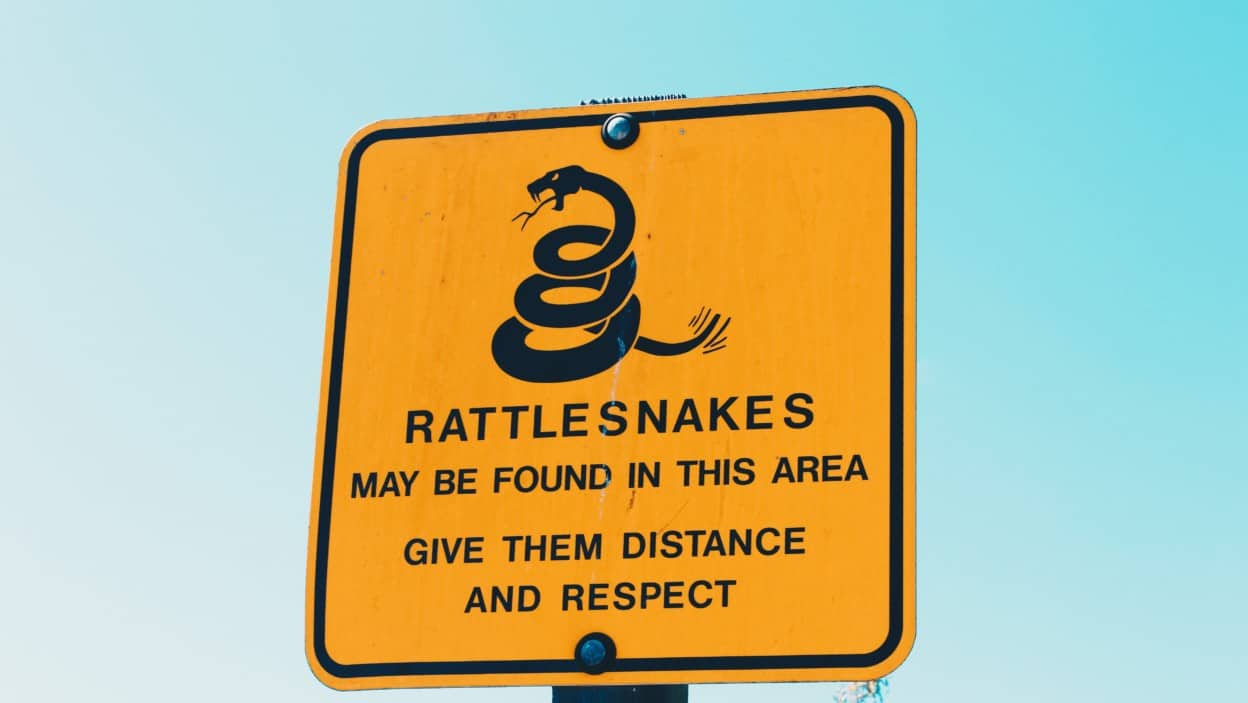If you’ve read our complete guide to retrospectives and post-mortems, you already know how important it is to bring your team together to discuss how to be more effective in the future. But you don’t have to wait until the end of a project to start trouble-shooting. A scenario planning, or “pre-mortem,” exercise can help you identify potential problems (or ideal end states) and brainstorm what you can do now to improve the end result.
- Start at the end. Ask the team to envision themselves at the end of the project—what outcomes they would expect to see if their work were completely successful? Give them two to three minutes to silently brainstorm ideas, one idea per Post-It note.
- Share out. Each person should then share their desired outcomes with the group. If possible, cluster similar outcomes to build a “heat map” of probability—that is, what most people think will happen.
- Think of worst-case scenarios. Now ask the team to write down what they think could go wrong. Don’t worry about every potential catastrophe (e.g., “Alien invasion”) but what they think is most likely to happen, or would have the greatest negative impact on the project. Again, give them two to three minutes to silently brainstorm ideas, one idea per Post-It note.
- Share out. Share and cluster potential outcomes as a group.
- Brainstorm preventive measure. Ask the team to think about what they can do now to either ensure the positive outcomes, or prevent the negative outcomes. Give the team two to three minutes to silently brainstorm as before, and then share out.
- Prioritize. Have the team vote on the top three to five most critical actions, and then assign tasks to individuals to make sure next steps are taken.
The goal of Scenario Planning is two-fold: one, it forces you to act now to mitigate foreseeable problems and two, it creates psychological safety around discussing challenges and internal obstacles. No, you won’t be able to predict every possible problem with this exercise but by creating the habit as a team to spot and discuss challenges you can combat a culture of complacency or fear of speaking out. A culture that can discuss failure can overcome failure.








The Evolutionary Edge
Every Link Ever from Our Newsletter
Why Self-Organizing is So Hard
Welcome to the Era of the Empowered Employee
The Power of “What If?” and “Why Not?”
An Adaptive Approach to the Strategic Planning Process
Why Culture/Market Fit Is More Important than Product/Market Fit
Group Decision Making Model: How to Make Better Decisions as a Team